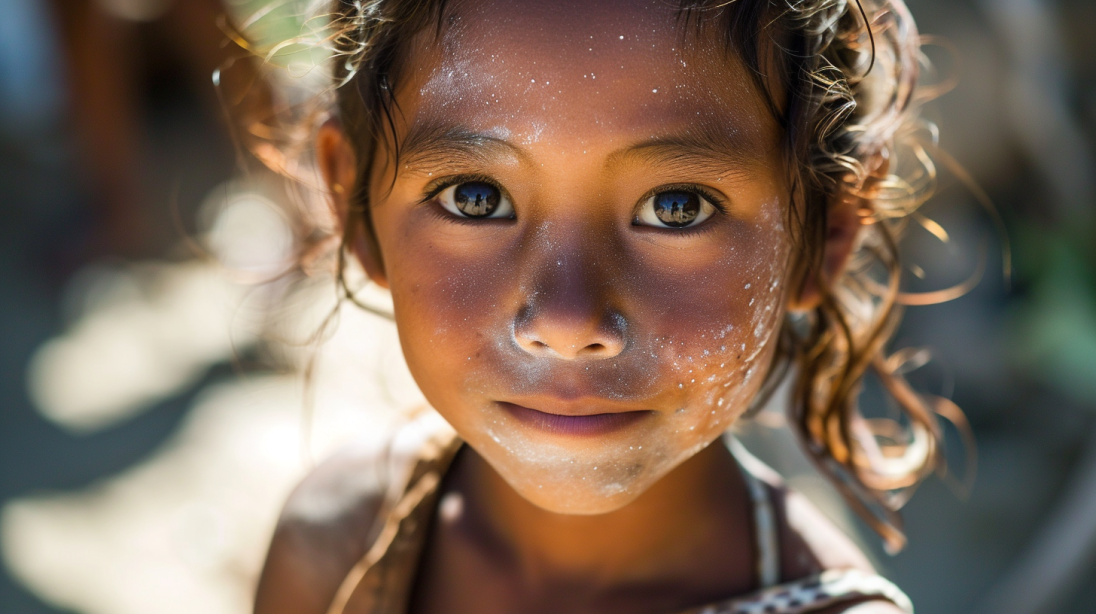Welcome to a captivating journey into the rich cultural heritage and history of the Timorese people. Nestled in Southeast Asia, the Timorese community boasts a vibrant tapestry of traditions, deeply rooted in a diverse blend of Melanesian and Malay heritages. From its captivating linguistic mosaic to its resilience in the face of colonial adversity, the Timorese have carved out a unique identity reflective of their historical journey. Join us as we unravel the enchanting world of the Timorese, delving into their customs, language, and the breathtaking landscapes that define their home, Timor-Leste.
What ethnicity is Timorese?
Timorese ethnicity is a vibrant tapestry combining Melanesian and Malay heritages. Reflecting its history as a Portuguese colony, you’ll also find a significant mestiço community—those boasting both Timorese and Portuguese ancestry—adding to the island’s rich cultural mosaic.
Where did Timorese people come from?
The Timorese hail from an intricate tapestry of Austronesian and Papuan ancestral waves settling across their island nation, weaving together a rich cultural and linguistic mosaic tied to both Southeast Asia and Melanesia, showcasing their vibrant heritage in a surprisingly compact geographical footprint.
What do Timorese people speak?
Timorese people predominantly communicate in two official languages, Portuguese and Tetum. Alongside these, there’s recognition for several indigenous languages such as Uab Meto and Fataluku. Moreover, East Timor’s linguistic diversity extends to a variety of minority tongues including Bekais, Bunak, and Galoli—to name but a few—reflecting the rich cultural tapestry of the Timor-Leste populace. More info

What is the meaning of Timorese?
Timorese refers to someone hailing from Timor, an island that boasts a rich tapestry of culture and history split between East Timor and West Timor, Indonesia. It’s a term that envelopes the diverse communities and individuals who call this part of Southeast Asia their home.
Who owns Timor?
The island of Timor is split into two distinct regions. West Timor sits under Indonesian governance, with its provincial hub stationed in Kupang. On the flip side, East Timor, known as Timor-Leste since breaking away from Portuguese rule and asserting its independence, is now a sovereign nation, boasting Dili as its vibrant capital. This eastern stretch offers a unique cultural tapestry, shaped by centuries of European influence and indigenous Timorese heritage.
What religion is Timorese?
Timor-Leste, often referred to as East Timor, is predominantly Christian, with Catholicism being the most embraced faith, reflecting a significant part of the Timorese cultural identity. While the state maintains a secular stance, the Catholic Church plays a pivotal role in society. Minority Protestant and Muslim communities contribute to the nation’s religious tapestry as well. More info
How do you say I love you in Timorese?
In Tetum, the native language of many Timorese people, you’d express your affection with the phrase hau hadomi o. It’s a heartfelt way to let someone know you cherish them, and it’s suitable across all sorts of social contexts in East Timor. Whether you’re caught up in a moment of passion or feeling a deep, enduring connection, these words will carry your message straight to the heart. More info
What are people from Timor called?
People from Timor are commonly referred to as Timorese, a diverse group primarily made up of various ethnicities, including the prominent Tetum people. These individuals share heritage that’s a colourful tapestry of Melanesian and Indonesian-Malay lineage, often linked to the historical influx of cultures that sailed across the seas to the Lesser Sunda Islands. The Timorese culture is a vibrant mix, reflecting their rich and complex historical journey.
Who Colonised Timor?
The Portuguese started trading with the Timorese in the early 1500s, establishing a colonial foothold as the century progressed. Conflicts with the Dutch over control led to the 1859 treaty, after which Portugal handed over the western part of the island, while maintaining the eastern section. More info
What is Timor known for?
Timor is famed for its stunning natural landscapes, including the idyllic beaches and vibrant coral reefs that surround Atauro Island, once a remote place of banishment but now a sought-after destination for sun-seekers and divers. The allure extends to the untouched Jaco Island, as well as the Wetar and Barat Daya Islands, all part of the ecologically diverse Timor and Wetar deciduous forests ecoregion, renowned for their unique biodiversity and captivating terrestrial and marine ecosystems. The Timorese culture, rich history, and heart-warming hospitality also add to the charm that pulls visitors from across the globe to this dynamic corner of Southeast Asia.
What is the new name of Timor?
The new name for what was once known as East Timor is Timor-Leste, proudly standing as an independent nation since its formal recognition by the international community, including Australia, on May 20, 2002. Prior to its acclaimed independence, this Southeast Asian land was under Indonesian rule following a stint as a Portuguese colony, reflecting its rich and diverse colonial history. The Timorese people’s resilience and cultural identity remained steadfast throughout these periods, leading to the emergence of Timor-Leste as a fully sovereign state. More info
Where is timorese located?
Timor-Leste, the nation often referred to by its Timorese population, sits in Southeast Asia, nestled on the eastern half of the island of Timor at the Indonesian archipelago’s southern edge, just a hop from northern Australia, with Dili proudly serving as its bustling capital.
What does Timor Lorosae mean?
Timor Lorosae is the Tetum term that vividly paints the image of the East Rising Sun, seamlessly blending the region’s Malay-influenced name timor, signifying east, with the poetic vision of a new dawn. It’s a poignant symbol for the Timorese nation, often known in English as East Timor, which reflects both its geographical position and the dawning of its independence.
How many Timorese died in ww2?
It’s estimated that the conflict claimed the lives of between 40,000 and 70,000 East Timorese. The entire region fell under Japanese occupation until their eventual surrender, and the people of Timor endured significant hardships during this period.
Is East Timor a small country?
Yep, East Timor, also known as Timor-Leste, is quite cosy in size, tucked away on the eastern half of Timor island. It’s home to around 1.2 million folks, sharing space in the Indonesian Archipelago. The place enjoys a typically dry climate, a bit of a standout from some of its tropical neighbours.
Conclusion
In conclusion, the cultural heritage of the Timorese people is a vibrant tapestry of Melanesian, Malay, and Portuguese influences. Their rich traditions, languages, and religious diversity reflect the island’s complex historical journey as a former Portuguese colony and a resilient independent nation named Timor-Leste. From their intricate linguistic mosaic to their unique religious tapestry, the Timorese population continues to charm and welcome visitors from across the globe to this dynamic corner of Southeast Asia.


Stay connected